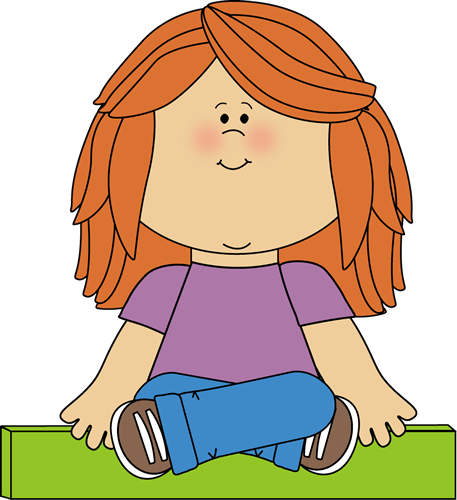Math Facts. We give children fact interviews as a standard summative (and sometimes formative) assessment, and we expect them to reach certain benchmarks by certain grade levels. But how in the world do we teach them to master these facts? To use efficient strategies? To retain what they have learned?
In Madison, each classroom has the following book (or the 3-5 version):
Teaching Student-Centered Mathematics by John Van de Walle.
This book contains some of your Common Core Learning Experiences (CCLEs), so you may have cracked it open once or twice. I'd love to highlight some of what Van de Walle has to say about math facts for you. So, grab your Van de Walle book and maybe a beverage, and sit down to explore some new information about Math Facts.
(Note: the page numbers and activities refer to the K-3 book. The 3-5 book will be similar, just Chapter 3 instead of Chapter 4)
Big Ideas (p. 94)
Number relationships provide the foundation for strategies that help students remember basic facts. For example, knowing how numbers are related to 5 and 10 helps students master facts such as 3 + 5 (think of a ten frame) and 8 + 6 (since 8 is 2 away from 10, take 2 from 6 to make 10 + 4 = 14).
“Think addition” is the most powerful way to think of subtraction facts. Rather than 13 “take away 6,” which requires counting backward while simultaneously keeping track of the number of counts, students can think 6 and what makes 13. The might add up 10 or they may think double 6 is 12 so it must be 13.
All of the facts are conceptually related. You can figure out new or unknown facts from those you already know. For example, 6 x 8 can be thought of as five 8s (40) and one more 8. It might also be three 8s doubled.
How to help students master facts (p. 95)
Help children develop a strong understanding of number relationships and of the operations.
Develop efficient strategies for fact retrieval through practice. An efficient strategy is one that be done mentally and quickly.
Provide drill in the use and selection of those strategies once they have been developed.
Two approaches to Fact Strategies (p. 96)
*A strategy is most useful to students when it is theirs, built on and connected to concepts and relationships they already own.
Use simple story problems designed in such a manner that students are most likely to develop a strategy as they solve it. (5-10 min to start math class, as an example).
A lesson may revolve around a special collection of facts for which a particular type of strategy is appropriate. How are these facts alike? Possibly suggest an approach and see if students are able to use it on similar facts.
** Read "Practice Strategy Selection or Strategy Retrieval" on page 97.
** When do we drill? Read "Drill Established Strategies" on page 98.
It's helpful to page through the following sections as you read the overview. You'll gather a great understanding of these facts according to Van de Walle, as well as see many visuals and charts to help you make sense of the information.
Strategies for Addition Facts (p. 99 - 106)
One-More-Than and Two-More-Than Facts
Activities 4.1, 4.2, 4.3
Facts with Zero
Activity 4.4
Doubles
Activities 4.5. 4.6
Near-Doubles
Activity 4.7
Make-Ten Facts
Activity 4.8
Other Strategies and the Last Six Facts
Strategies for Subtraction Facts (p. 106 - 111)
Subtraction as Think-Addition
Subtraction Facts with Sums to 10
The 36 “Hard” Subtraction Facts: Sums Greater Than 10
Activities 4.12, 4.13, 4.14, 4.15, 4.16
Strategies for Multiplication Facts (p. 111 - 116)
Doubles
Activities 4.17, 4.18
Zeros and Ones
Nifty Nines
Activity 4.19
Helping Facts
Effective Drill
Do not subject any student to fact drills unless the student has developed an efficient strategy for the facts included in the drill.
What about timed tests?
Teachers who use timed tests believe that the tests help children learn basic facts. This makes no instructional sense. Children who perform well under time pressure display their skills. Children who have difficulty with skills, or who work more slowly, run the risk of reinforcing wrong learning under pressure. In addition, children can become fearful and negative toward their math learning. (Burns, 2000, p. 157)












